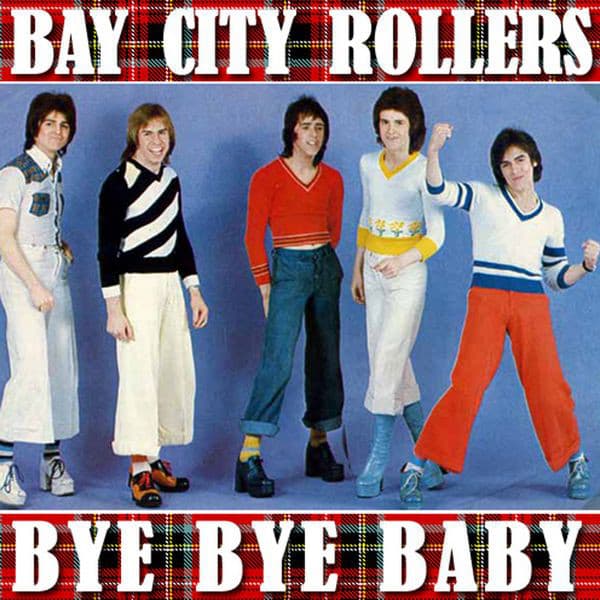
A Tartan-Clad Anthem of Farewell and Homecoming: When the Bay City Rollers Sailed on “Loch Lomond.”
“Loch Lomond,” a song steeped in Scottish tradition and imbued with a universal sentiment of parting and the promise of return, found a vibrant and undeniably catchy interpretation in the hands of the tartan-clad sensations, the Bay City Rollers. Released in 1976 as a single, this spirited rendition brought the classic folk song to a new generation, though it did not achieve significant chart success in the United States. However, it resonated strongly with their massive fanbase in the UK and other parts of the world, becoming a staple in their live performances and a beloved track on their albums. While specific chart positions from that era might vary across regions and be less prominently documented for this particular single in the US, its inclusion on albums like “Rock n’ Roll Love Letter” ensured its place in their discography. The song’s meaning, rooted in the traditional Scottish ballad, speaks of a departing soul who will take the “low road” (in spirit, perhaps through death), while his companion will take the “high road” but assures him of their eventual reunion at the bonnie banks of Loch Lomond. The Bay City Rollers’ version, while retaining this core sentiment of farewell and homecoming, infused it with their signature pop energy, transforming a poignant folk tale into an anthemic expression of enduring connection across distance.
Imagine the vibrant energy of a Bay City Rollers concert, the sea of tartan scarves, and the sound of their voices rising in unison during the familiar strains of “Loch Lomond.” While perhaps unexpected from a pop band known for their upbeat hits, their rendition of this classic held a certain earnestness, a nod to their Scottish roots and a testament to the enduring power of folk melodies. Les McKeown’s energetic delivery, combined with the band’s enthusiastic harmonies, brought a youthful exuberance to the song’s timeless themes of parting and the promise of return. Though their version might not carry the same weight of historical context as traditional folk interpretations, it introduced the song to a new audience, embedding its poignant message of enduring connection in the hearts of their many fans. The arrangement, while retaining the song’s familiar structure, likely featured the band’s signature pop instrumentation, perhaps with a slightly more pronounced beat and their characteristic vocal harmonies, creating a unique blend of tradition and pop sensibility.
The story behind “Loch Lomond” stretches back centuries, its origins shrouded in the mists of Scottish folklore. It’s believed to tell the tale of two soldiers, one of whom has been killed in battle and whose spirit will return to Scotland via the “low road” (a reference to burial), while his comrade will take the longer “high road” back alive, with the promise of meeting again at their beloved Loch Lomond. The song has been passed down through generations, a poignant reminder of loss, longing, and the enduring connection to home and loved ones. The Bay City Rollers’ decision to record it, perhaps as a nod to their Scottish heritage, brought a new dimension to the song, injecting it with their youthful energy and pop sensibilities. While some traditionalists might have viewed it as a departure from the song’s folk roots, it undoubtedly broadened its reach and introduced its timeless themes to a new generation of listeners, albeit within the context of a pop band’s interpretation.
For those of us who have ever experienced the bittersweet pang of saying goodbye, the ache of separation from loved ones or cherished places, coupled with the hopeful promise of eventual reunion, the Bay City Rollers’ rendition of “Loch Lomond” evokes a sense of spirited yet poignant nostalgia. It reminds us of the enduring power of connection across distance and the heartfelt anticipation of homecoming. The band’s enthusiastic performance, while perhaps different in tone from more traditional versions, still carries the underlying sentiment of enduring bonds and the hopeful promise of seeing loved ones again on the “bonnie, bonnie banks of Loch Lomond.” It remains a unique and memorable interpretation, blending pop energy with a timeless tale of farewell and the unwavering hope of return.